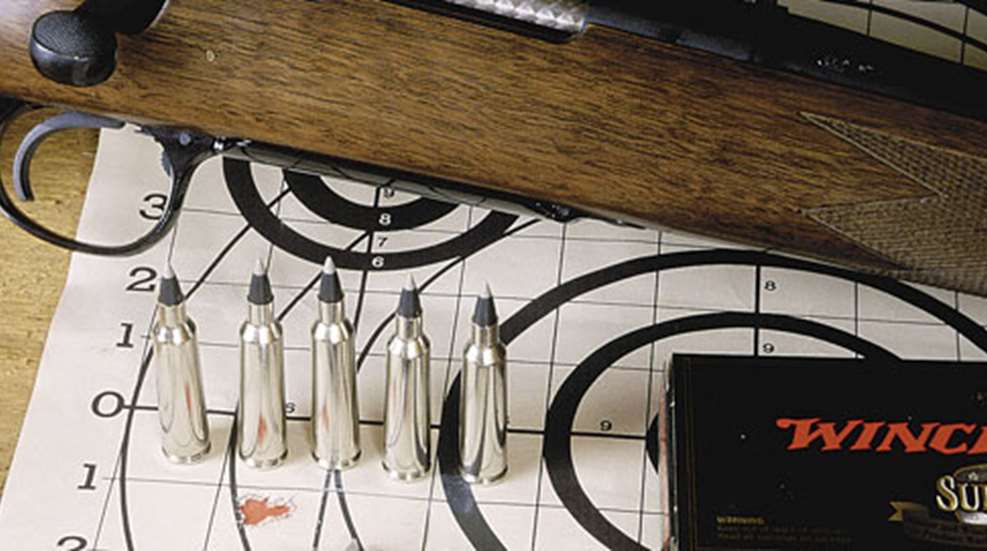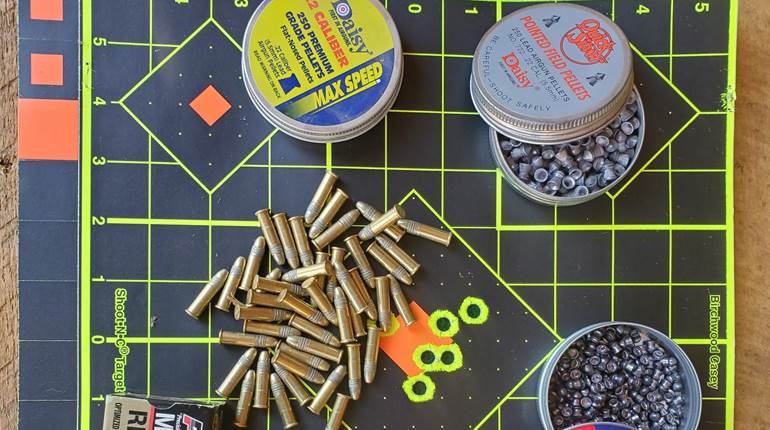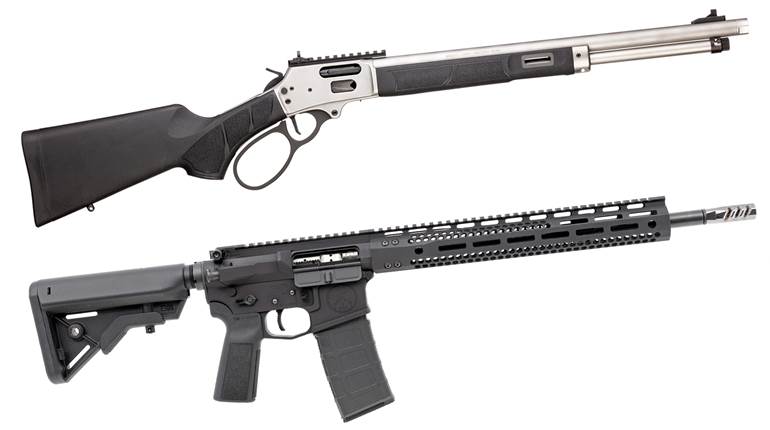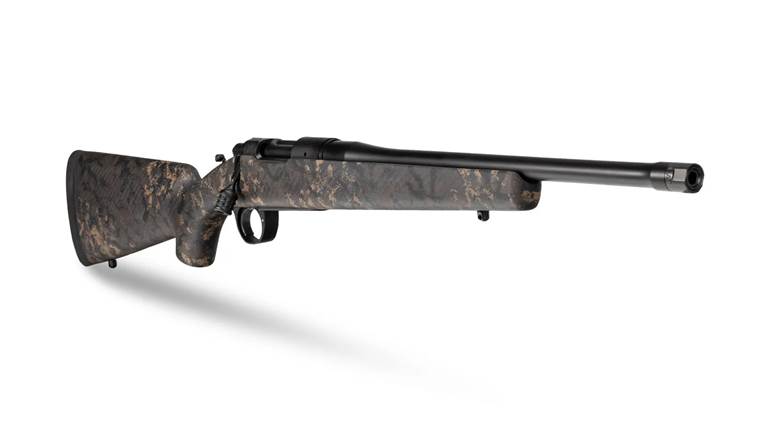
Belt-tightening times usually mean less cash for non-essentials. Fortunately, you don’t have to fill that empty spot in your gun safe to improve your shooting. Upgrading an existing rifle or honing a current skill set can be a fun and cost-effective alternative to buying a new custom target rifle. Here are some recession-friendly tips you can use to improve the accuracy of your rifle.
Trigger Work
A good trigger pull is essential to accuracy. A competent gunsmith can lighten your rifle’s trigger, which results in greater stability in the sight picture and better accuracy. On most rifles, the trigger creep and over travel can also be adjusted, resulting in a nice crisp pull.
If you want even better performance, try replacing it with an aftermarket target trigger like one from Timney Triggers. There are many to choose from that are reasonably priced. While they are usually designed to be drop in replacements for your particular rifle model, it is a good idea to have your new trigger properly installed by a professional to ensure maximum safety and performance. The benefits of an improved trigger cannot be overstated; you’ll notice an immediate difference in group sizes.
DIY Bore Lapping
Imperfections in your barrel’s rifling, such as tooling marks, burrs and other inconsistencies can have a detrimental effect on accuracy. There are, however, inexpensive products on the market designed to lessen the effects of barrel flaws. Specialized bullets impregnated with a very fine abrasive material are available in a multi-step kit from Superior Shooting. Kits usually come with bullets of various abrasion levels.
You will be instructed to fire these bullets in descending abrasion levels, with a thorough cleaning in between sets. At the completion of this treatment, imperfections will be greatly reduced, and the overall quality and uniformity of the rifling will be enhanced. I’ve seen rifles that have produced groups that were 40 to 50 percent smaller than before treatment. With final finish bore lapping kits starting at around $35 from Brownells, this is an affordable upgrade for your rifle that will give you noticeable results for the cost of a box of ammo.
Stock Work or Replacement
Having your rifle’s action properly bedded to the stock is important to reduce misalignments, improperly mated surfaces, unwanted torque and other accuracy deteriorating effects. You can glass bed your existing stock or opt for a replacement stock that comes with either pillar bedding or aluminum bedding blocks. Choose a stock with a length of pull and cheek weld that fits you properly.
Create a free-floating barrel by ensuring proper barrel channel clearance. This will eliminate unwanted pressure points and torque that could interfere with the natural harmonics of the barrel during firing, and contribute to greater consistency. You will be amazed at the reduction of those unexplainable “flyers” that used to ruin your groups.
Follow a Proper Cleaning Regimen
Improper cleaning can lead to rapid accuracy deterioration and disappointing performance. Use a solvent that is tough enough to eliminate copper, powder and lead fouling, but not so harsh as to cause damage to your bore. Use a one-piece cleaning rod and, if possible, stay clear of steel rods or rods that come in multiple pieces as these could potentially damage the bore. When not in use, always protect your rifle’s bore with a thin coat of oil to protect against rust and pitting.
When cleaning, remove the rifle’s bolt, and clean from the action toward the muzzle if possible. Cleaning from the muzzle may damage your rifle’s crown and permanently reduce your rifle’s accuracy. You should also use a bore guide when cleaning your rifle. A bore guide keeps your cleaning rod properly aligned in the center of your rifle’s bore and prevents damage from your cleaning rod or attachments.
Using proper cleaning equipment and practices are an inexpensive way of increasing your rifle barrel’s overall life while maintaining the highest level of accuracy. Also, don’t forget also that a dirty barrel will shoot differently than a clean barrel. Some rifles shoot well when they are “seasoned,” while others provide best performance with frequent cleaning. It’s up to you to recognize the particular behavior of your rifle and use this knowledge to take advantage of the accuracy differences caused by your cleaning practices.
Optics Upgrade
A large percentage of accuracy issues can be traced to a problem with the scope or mounting system. Sometimes a better scope is all that is needed to boost your rifle’s potential to the next level. Choose the scope options that are most important to you and buy the highest quality product you can afford. Some important features to consider are eye relief, magnification, field of view, brightness, clarity, internal adjustment, reticle and parallax adjustment.
Once you find a scope that fits your needs and budget, package it with a set of high-quality steel rings and mounts, and install it on your rifle. You won’t do yourself any favors by investing in a nice scope and mating it to a rifle with poor rings and bases. When matching scope rings and mounts, never mix steel with aluminum. These two metals have different coefficients of expansion and respond to temperature changes differently, causing point of impact changes on hot days or after prolonged shooting. One-piece mounts are usually a better choice over two-piece mounts because of rigidity and alignment.
Finish the job right by lapping your scope rings for increased surface area contact with the scope’s main tube to prevent scope movement from repeated recoil. Use a scope mounting kit, available from Brownells or Midway USA, to ensure precise leveling of the scope to the bore with no left or right cant. Top off the install by using a torque wrench on the rings and bases and following recommended torque specs to apply a consistent force on each screw. A high-quality scope, properly mounted with premium rings and mounts will hold its zero, track repeatably and provide you with a lifetime of accurate use.
Start Hand-loading
Investing in reloading equipment is one of the best decisions a shooter can make, and it can pay immediate dividends. Besides the obvious cost savings of producing your own ammunition, you’ll have virtually limitless options for developing custom loads. You can control everything from brass selection, powder type, powder charge, bullet type and weight to primer type, overall cartridge length and dozens of other variables. With patience and a little experimentation, you will be able to find the load that is tailor fitted for your rifle.
You will also discover accurizing tricks for preparing your brass to squeeze even more accuracy out of your loads. Whether it’s uniforming primer pockets, deburring flashholes, turning necks or any of the other precision brass prepping techniques, when it comes to reloading, consistency is the name of the game. At the end of the day, the most consistent ammunition is the most accurate ammunition.
Brush Up on Your Ballistic
Knowing what happens after you pull the trigger helps you predict and control your bullet’s point of impact. This is a skill you must practice regardless of equipment quality. Pay close attention to all of your environmental variables. Wind is your biggest enemy and it takes a lot of practice to overcome this accuracy killer. Learn to estimate wind speed and direction. Become comfortable with compensating for wind effects by practicing in different types of wind.
Once you’ve learned to go toe to toe with the wind, don’t underestimate the effects of temperature and humidity on bullet flight. Higher temperatures can result in higher points of impact and vice versa, while humidity changes can affect point of impact in a similar but opposite manner. If you live in a higher altitude area, you will be shooting through thinner air than someone who lives at sea level or slightly above. You may have to account for this if you’re shooting in an area different from where you originally zeroed your rifle.
Everyone’s familiar with the effect of gravity and its impact on bullet drop and trajectory. Learn the amount of bullet drop of your particular rifle/ammo combination at various distances. Create a chart so that you are able to range a target, refer to your chart, determine approximate bullet drop and compensate accordingly. You don’t have to be an expert in ballistics, but knowing a little bit about the environment around you will help you push your shots even closer to the center of that ten ring.
Just remember that accuracy enhancing improvements to your rifle are a supplement and not a substitute for skill and sound marksmanship fundamentals. A rifle is only as good as the shooter behind it, so try one or all of these suggestions and practice.





































